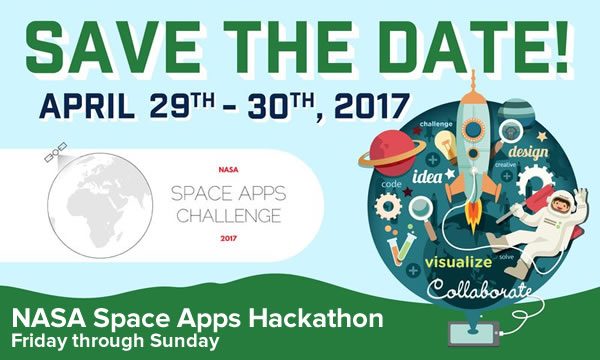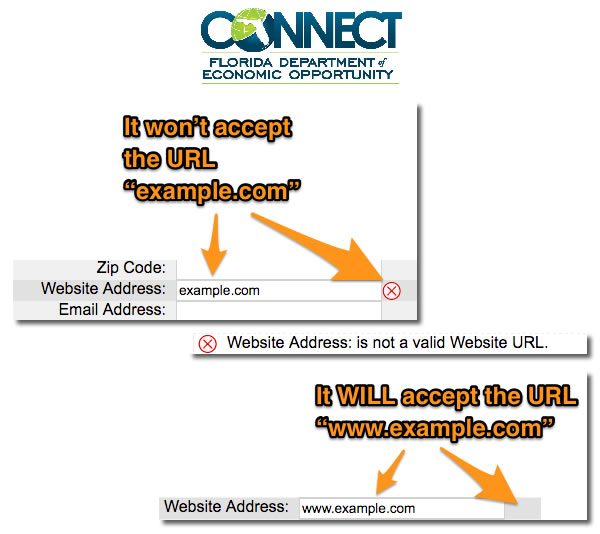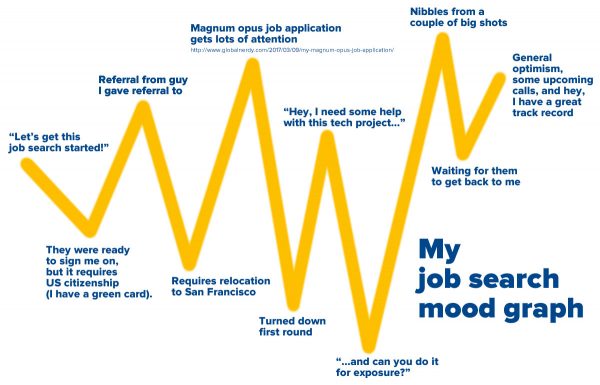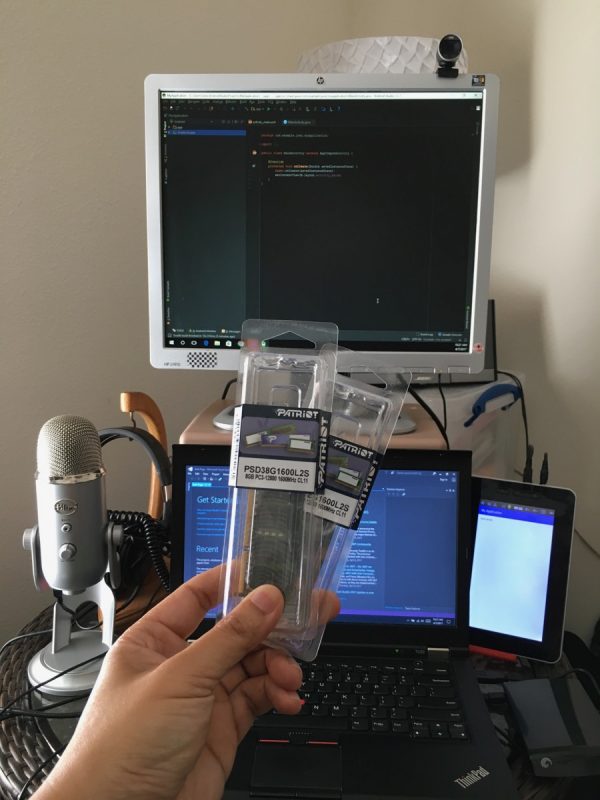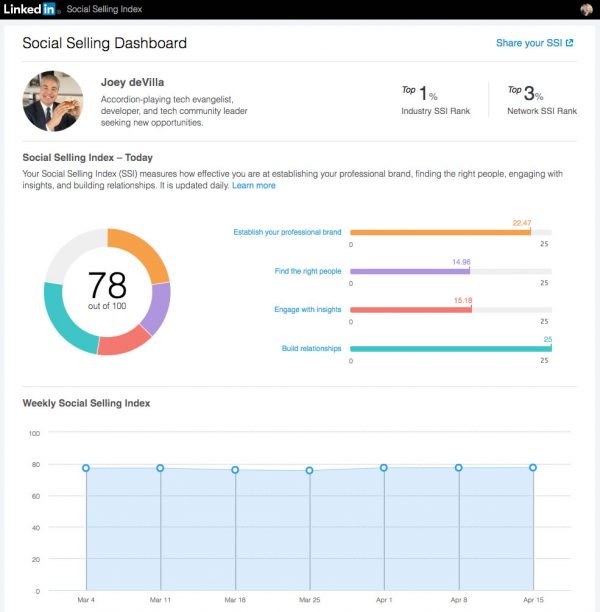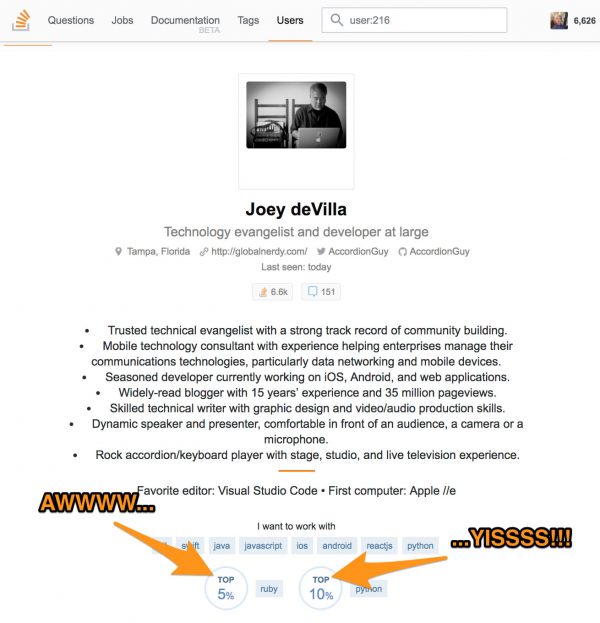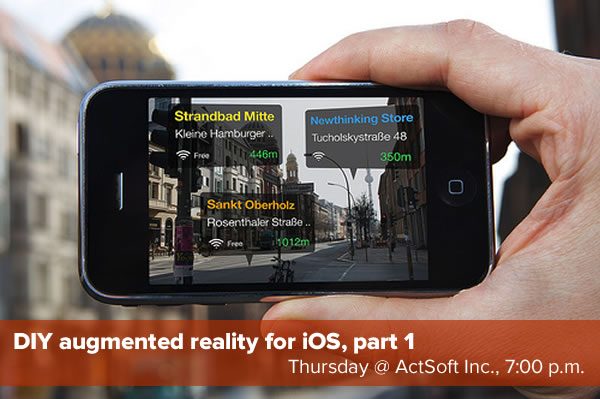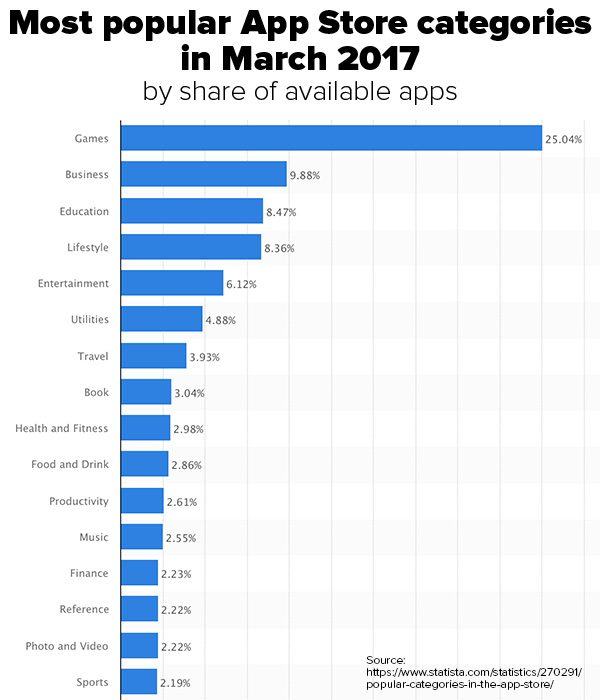
Here’s what’s happening for developers, technologists, and tech entrepreneurs in and around the Tampa Bay area this week…
Monday, April 24
- April 2017 StartUp Xchange (St. Pete Brewing Co., 5:00 p.m. – 7:00 p.m.)
Tuesday, April 25
- Tampa Bay Tech — WEBINAR: MicroStrategy Implementation (Online, 1:00 p.m. – 2:00 p.m.)
- Business Process Improvement Professionals Of Tampa Bay — The Voice of the Customer (The Brass Tap, 5:30 p.m.)
- DefCon 813 / Tampa Data Science Group — Discussion at the Library: The U.S. Congress Just Sold You Out to Advertisers (Town and Country Library, 6:00 p.m. – 9:00 p.m.)
- Tampa Hackerspace — Weekly Open Make Night (Tampa Hackerspace, 6:00 p.m. – 10:00 p.m.)
- Tampa iOS Meetup — Learn how to make games with Sprite Kit and “Flappy Bird”! (Wolters Kluwer, 6:30 p.m. – 8:30 p.m.)
- Tampa Bay Alexa & Lex Developers — Build your first Alexa Skill (The Iron Yard, 6:30 p.m.)
- Tampa Bay PHP — Building AV Control Systems (Sourcetoad, 6:30 p.m.)
- Code Katas — Let’s get together and do some more advanced code challenges! (The Iron Yard, 7:00 p.m.)
- Entrepreneur Moms – The Emotional Journey (Microsoft Store, 7:00 p.m.)
Wednesday, April 26
- ReactJS Tampa Bay — Integrating TypeScript with React & React Experience w/ GoLang (AgileThought, 6:00 p.m.)
- The Iron Yard — Free Crash Course – Algorithms not Al Gore’s Rhythm (The Iron Yard, 6:15 p.m. – 7:45 p.m.)
- Tampa JUG — Journey to Microservices (KForce, 6:30 p.m.)
- Women in Linux — Linux? Understanding Infrastructure. (Intro) (7:00 p.m.)
- Tampa Hackerspace — Learn to pick locks (Tampa Hackerspace, 7:00 p.m. – 9:00 p.m.)
- Tampa Bay Bitcoineers — Bitcoin Meetup (Kahuna’s Bar and Grill, 7:00 p.m.)
- The Suncoast Developers Guild — Open Code (The Iron Yard, 7:00 p.m. – 9:00 p.m.)
Thursday, April 27
- Tampa Bay Tech Events — Geek Breakfast (Jimbo’s Pit Bar-B-Q, 7:30 a.m. – 9:00 a.m.)
- Bitcoin Funding Team Tampa — Bitcoin Breakfast (IKEA, 10:30 a.m.)
- Tampa Bay Technology and Marketing Mastermind — Making an extra $50k a year with your “Night Job” (Online, 5:30 p.m.)
- code lkld — #PolkHacks Hackathon Overview by Grady Daniels (Catapult, 6:00 p.m. – 8:00 p.m.)
- Tampa Bay Area Software Craftsmanship Meetup — Craftsmanship Group Discussion – TBD (Panera Westshore, 6:30 p.m.)
- Suncoast iOS — The iOS technical interview: get your dream job as an iOS developer (The Iron Yard, 7:00 p.m.)
- THS Woodworkers Guild (Tampa Hackerspace, 7:00 p.m.)
Friday, April 28
- Lean Coffee for All Things Agile (Westshore) (Panera Westshore, 7:30 a.m. – 8:30 a.m.)
- NASA Space Apps 48-Hour Hackathon (SOFWERX, Friday 6:00 p.m. – Sunday 6:00 p.m.)
- Game Drive’s Power Up Meetings (Miller’s Ale House Restaurant, 6:00 p.m. – 9:00 p.m.)
- Tampa Weekend Geek — Game night and socializing (Mindy’s house, 7:00 p.m.)
- Homebrew Computing (Tampa Hackerspace, 7:00 p.m.)
Saturday, April 29
- DaVinci’s Faire and BarCamp Bradenton (Manatee Technical College, 8:15 a.m. – 5:00 p.m.)
- Tampa Drones — Meet and Tweak (Barbara S. Ponce Public Library, 1:00 p.m. – 4:00 p.m.)
- Tampa Hackerspace — Milling Class 3/3 (Tampa Hackerspace, 1:30 p.m.)
- Nerd Night Out — Photo Walk, Brooker Creek Headwaters Nature Preserve, N Tampa (4:30 p.m.)
Sunday, April 30
- Tampa Drones Meetup — Open Fly Day – Fly what you have! (Sheffield Disc Golf Park, 11:00 a.m.)
- Nerd Night Out — Game Night (Dunkin Donuts, 4:00 p.m. – 8:00 p.m.)


